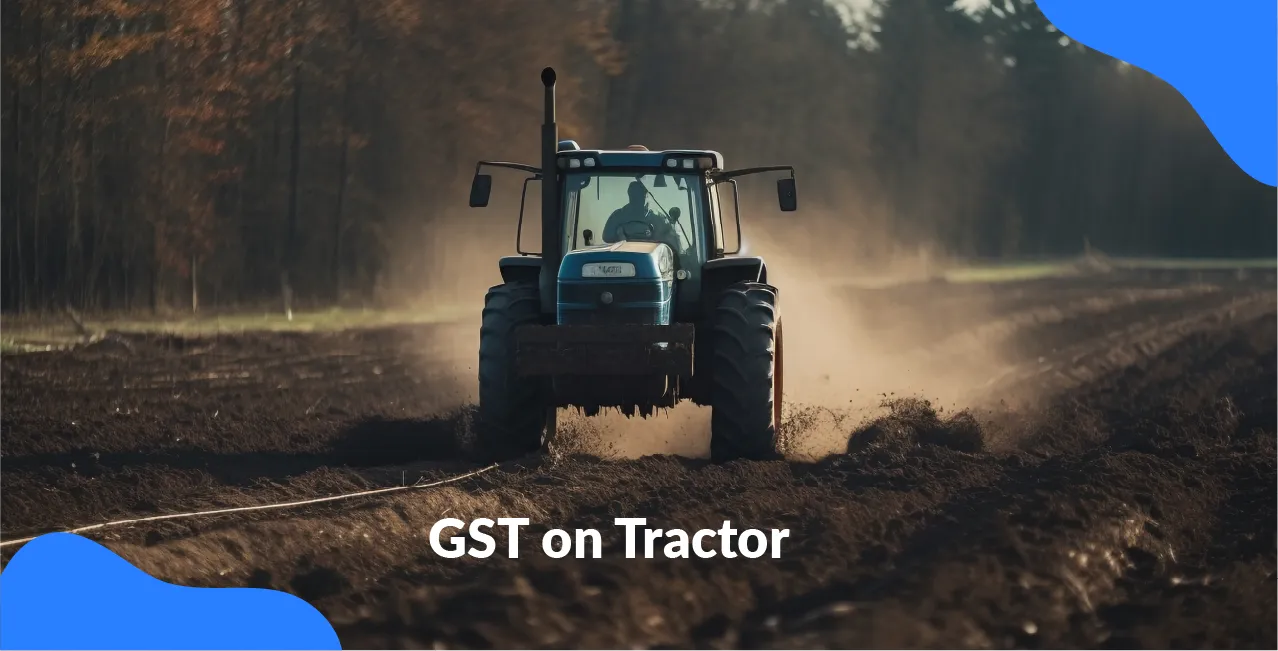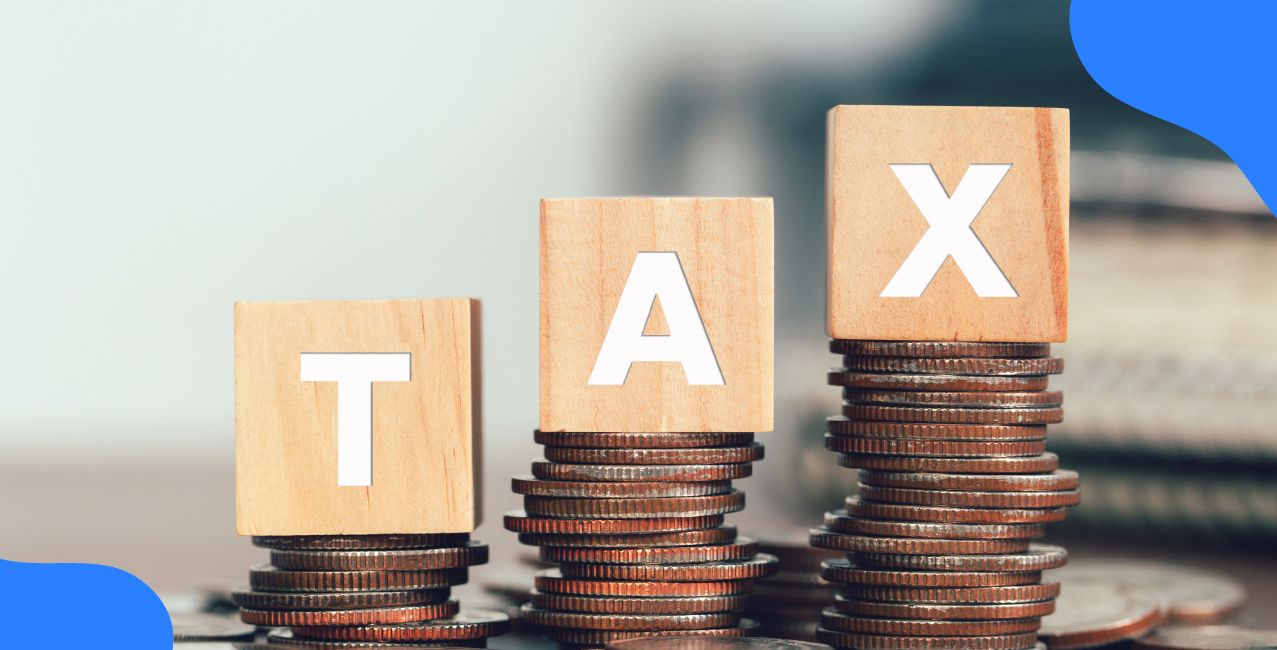
Author
LoansJagat Team
Read Time
5 Min
02 Jul 2025
GST on Tractor – Tax Rate, Exemptions & HSN Code
Goods and Services Tax (GST) is a single indirect tax in India that replaced multiple old taxes. It is applied to the supply of goods and services, including agricultural equipment like tractors.
Let’s take the example of Ramesh, a farmer from Punjab. He wanted to buy a new tractor worth ₹7,00,000 to help with his wheat farming. Under GST, tractors fall under the 12% tax slab. Earlier, he had to pay multiple taxes like VAT and excise duty separately, but now he pays a single GST charge, which is more transparent.
Here’s how GST affects Ramesh’s purchase:
Even though the price increases due to GST, Ramesh gets better clarity and fewer complications during the purchase. This uniform tax structure helps streamline the process for farmers across India.
GST Rates on Tractors and Their Parts
HSN Codes and GST Rates for Different Types of Tractors
GST Rates on Tractors and Tractor Parts
Impact of GST on the Tractor Industry
The Goods and Services Tax (GST) has had a mixed impact on the tractor industry in India. While it has simplified taxation and made tractors more affordable, it has also raised costs for spare parts and repairs.
Example:
A tractor costing ₹6,00,000
- Before GST: 16% tax → ₹96,000 → Final Price: ₹6,96,000
- After GST: 12% tax → ₹72,000 → Final Price: ₹6,72,000
Savings: ₹24,000
Challenges
Example:
A tractor part costing ₹5,000
- Earlier tax: 5% → ₹250 → Total: ₹5,250
- GST: 18% → ₹900 → Total: ₹5,900
Extra burden: ₹650
What is the Input Tax Credit on Tractors?
Let’s say you run a small juice shop. To make juice, you need to buy lemons, sugar, and cups. When you buy them, the shopkeeper adds a little extra money called tax.
Later, when you sell your juice to customers, you also charge them some tax.
Now, the government tells you:
“You have already paid tax when you bought your lemons and sugar, so we’ll let you subtract that from the tax you collected from your customers.”
That’s called Input Tax Credit. It means you don’t have to pay tax twice on the same thing. You get credit for the tax you already paid.
How it works for the Tractor Industry
Let’s say a company makes tractors. To build a tractor, they buy things like:
- Engines
- Tyres
- Gearboxes
They pay GST (Goods and Services Tax) when they buy these parts.Then, when they sell the tractor to a farmer, they also charge GST on the selling price.
But the government allows the company to subtract the GST they paid on parts from the GST they collected from the buyer. This is the Input Tax Credit.
Example:-
So instead of paying ₹30,000 in GST, the company only needs to pay ₹10,000 after claiming the credit of ₹20,000 already paid.
Conclusion
The introduction of GST has brought both simplicity and savings to the tractor industry. By applying a uniform 12% tax on tractors, the system has reduced the overall cost for buyers, especially farmers. It has also made the tax process more transparent and streamlined for manufacturers and dealers.
However, the higher GST rate on spare parts and repair components, often at 18%, has slightly increased maintenance expenses. While the benefit of Input Tax Credit helps reduce the tax burden for manufacturers, farmers may still feel the pinch when servicing their tractors.
Overall, GST has made tractor purchases more affordable and the system more efficient, but there is still room for improvement, particularly in lowering the tax on essential parts used in farming machinery.
FAQ’s
1. What is the GST rate on tractors?
The GST rate on tractors is 12%, which is lower than the previous combined taxes before GST.
2. Is Input Tax Credit available on tractors?
Yes, manufacturers can claim Input Tax Credit on parts used to produce tractors, reducing their overall tax liability.
3. Do farmers need to pay GST when buying tractors?
Yes, farmers pay 12% GST on the purchase price, included in the final cost by the seller.
4. Are tractor spare parts taxed under GST?
Yes, most tractor parts like tyres and gearboxes attract 18% GST, which is higher than the rate on tractors.
5. Has GST made tractors cheaper?
In many cases, yes. The 12% GST rate has reduced the overall cost compared to earlier state and central taxes combined.
Other Important GST Pages | ||||
About the Author

LoansJagat Team
‘Simplify Finance for Everyone.’ This is the common goal of our team, as we try to explain any topic with relatable examples. From personal to business finance, managing EMIs to becoming debt-free, we do extensive research on each and every parameter, so you don’t have to. Scroll up and have a look at what 15+ years of experience in the BFSI sector looks like.

Quick Apply Loan
Subscribe Now


